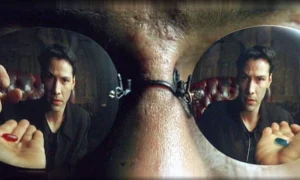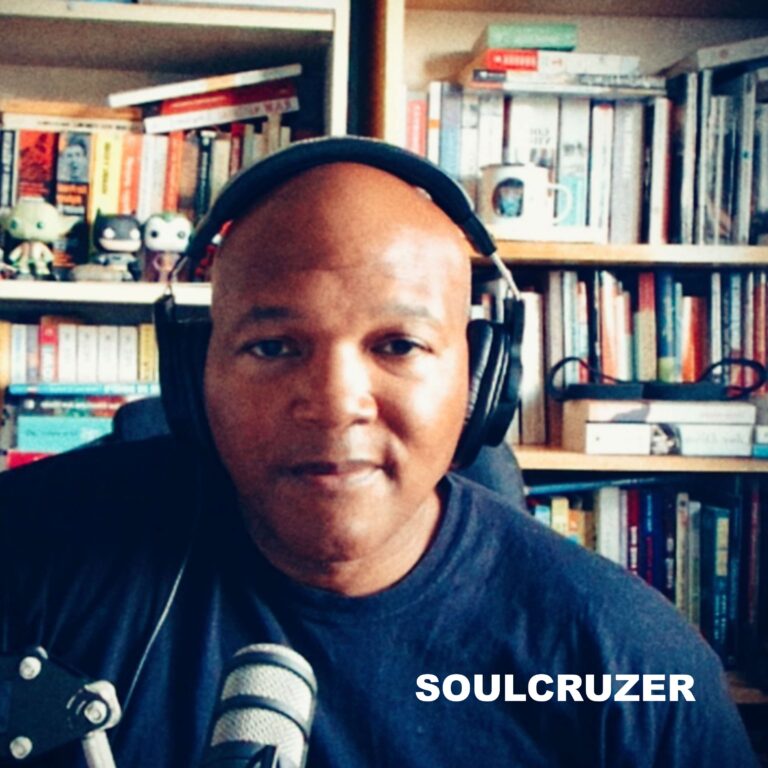
Mapping the Geography of the Psyche: An Inner Adventure (1)
I’ve created a beginner’s guide to the geography of the psyche, designed for those of us without a formal background in psychology. The full guide is about 48 pages—far too long for a single blog post! So, I’m thinking of publishing it as an ebook eventually, but first, I’ll be serialising it here on the blog. Afterward, I’ll compile the posts into an ebook and make it available on Gumroad. This series is especially for spiritual explorers who approach depth psychology from a mystical perspective, blending psychological insights with the Tarot. My goal is to show how depth psychology can















